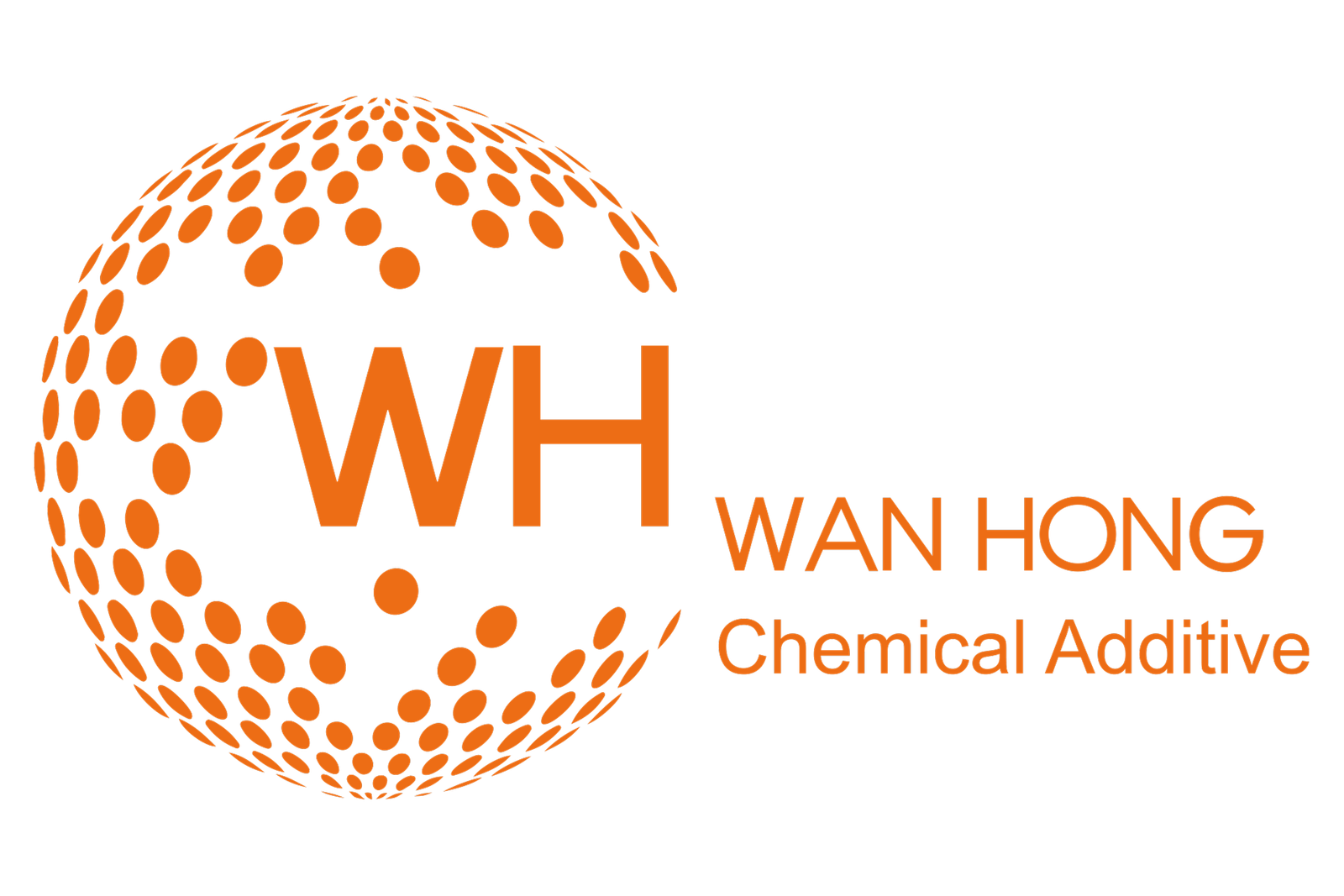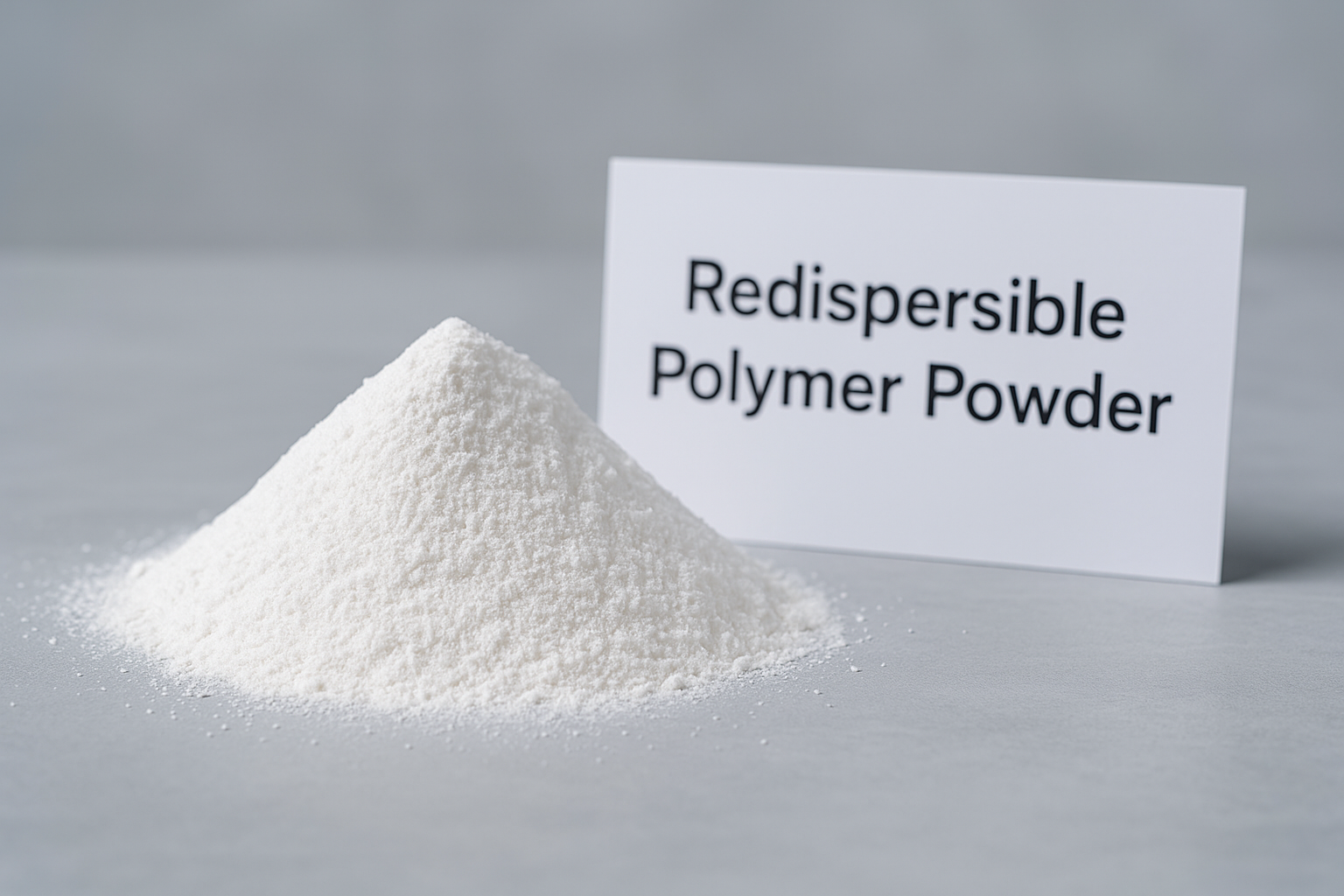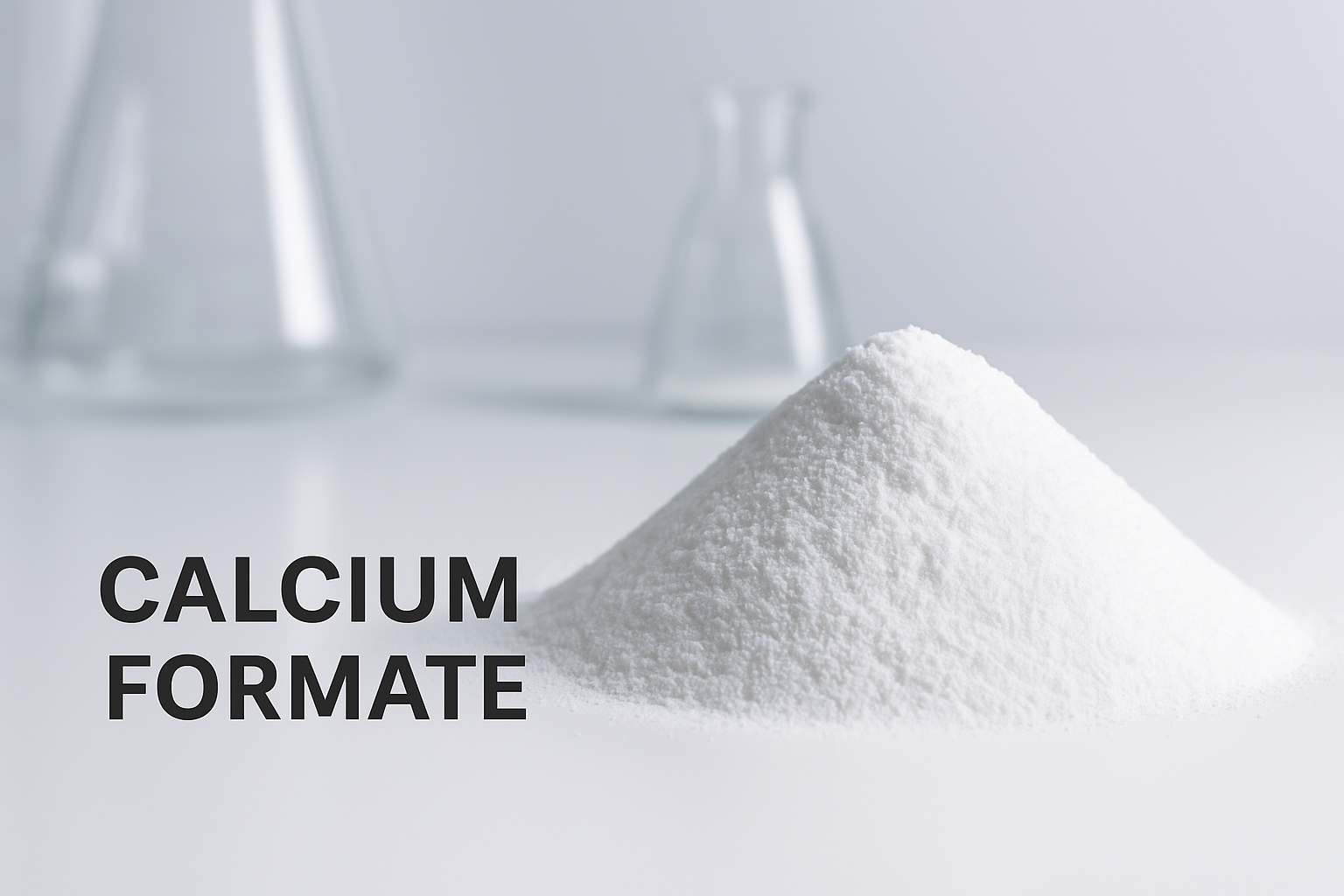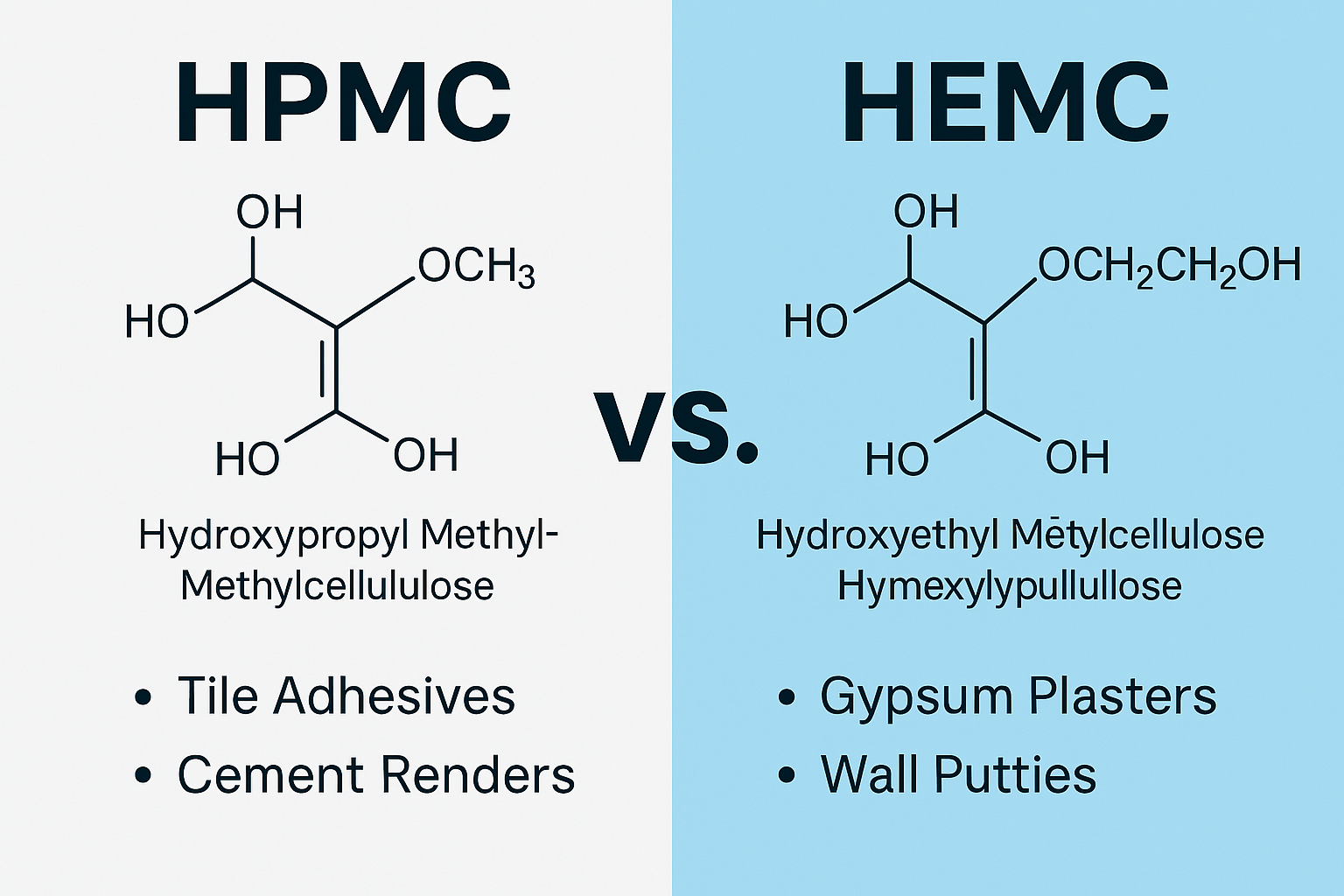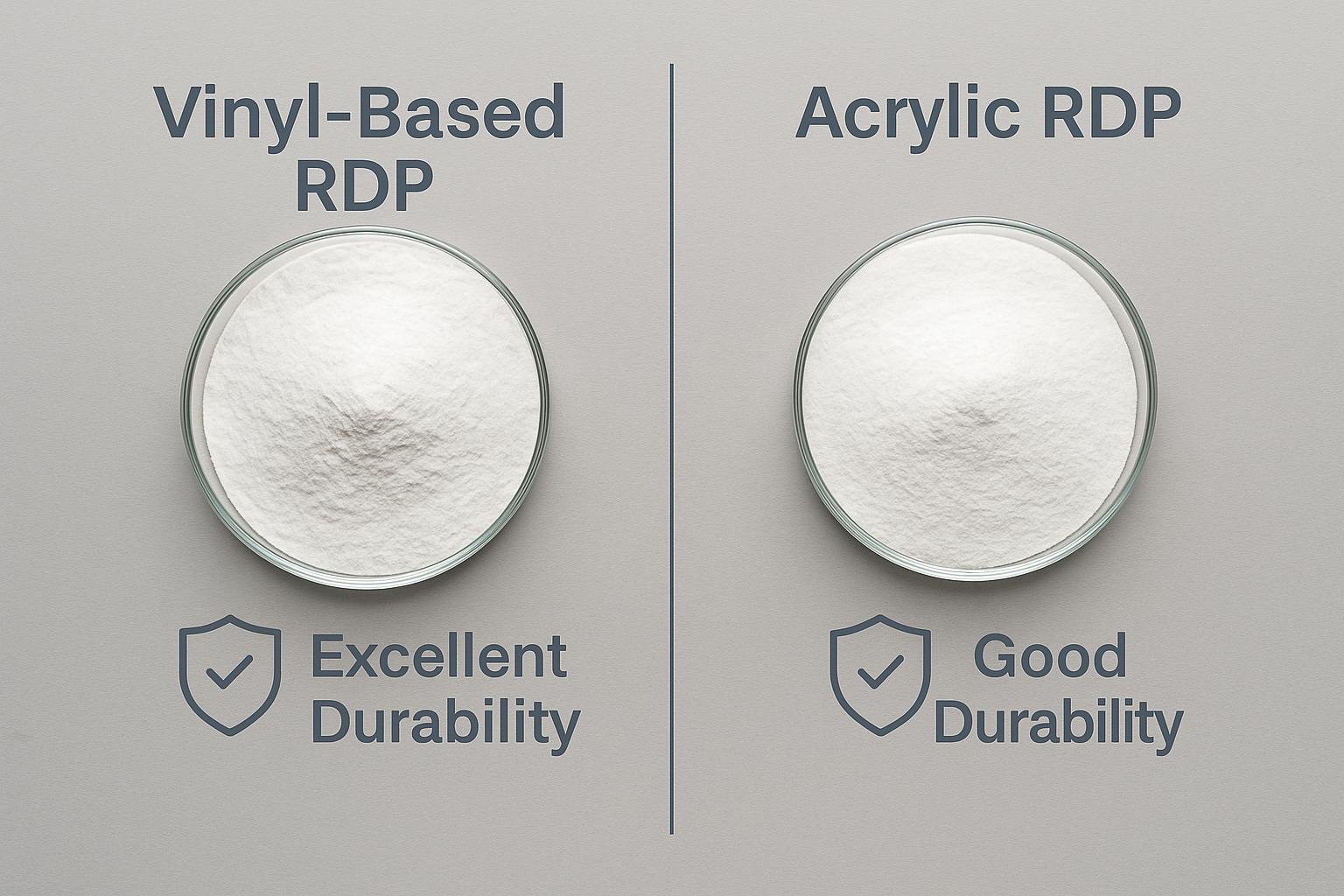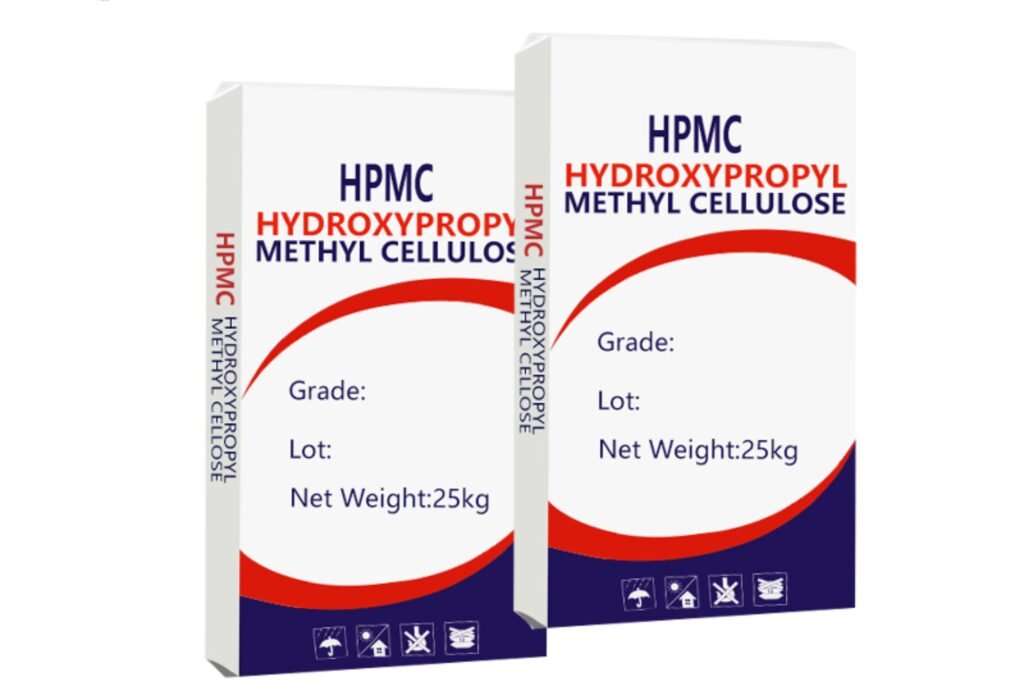I've seen countless electronics projects fail due to poor connections. Epoxy conductive putty solves this problem by creating reliable electrical pathways while providing structural support.
Epoxy conductive putty1 is a versatile material that combines electrical conductivity with adhesive properties. It contains conductive fillers like metal particles or carbon mixed with epoxy resin, creating a moldable substance that hardens to form permanent electrical connections while providing mechanical strength.

When I first started working with electronics, I struggled with fragile solder joints and unreliable connections. Everything changed when I discovered epoxy conductive putty. This remarkable material doesn't just conduct electricity—it creates robust bonds that withstand vibration and environmental stresses.
What Are the Function and Benefits of Conductive Putty?
I've had projects fail at critical moments because standard epoxies created insulating barriers. Conductive putty eliminates this problem while adding structural integrity to delicate circuits.
Conductive putty functions as both an electrical pathway and an adhesive. Its benefits include creating permanent connections between components, filling irregular gaps, reducing signal loss, providing mechanical support, and protecting circuits from environmental factors while maintaining electrical continuity.
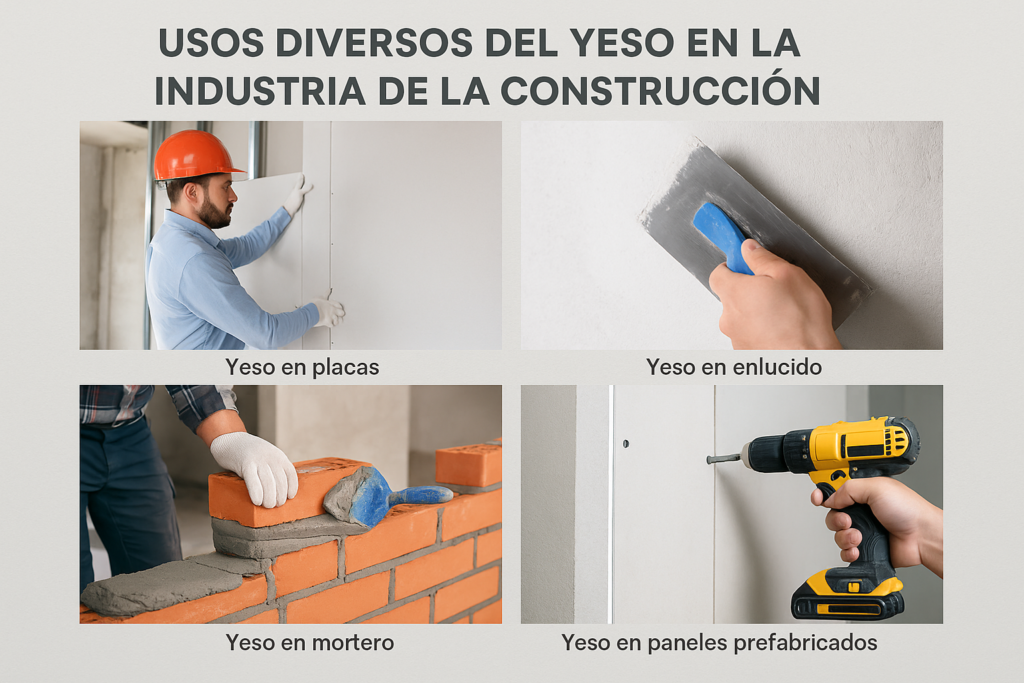
Epoxy conductive putty has transformed how I approach electronics assembly. It bridges the gap between electrical engineering and structural design by providing a material that excels at both. Unlike traditional solder, which can be brittle and requires precise application, conductive putty can be shaped and molded to fit any connection need.
The versatility extends beyond simple connections. I've used it to create custom-shaped electromagnetic shields, repair damaged PCB traces, and even develop flexible circuits. The adhesive properties ensure components stay exactly where they should, even in high-vibration environments like automotive applications or industrial machinery.
One standout benefit is its ability to create reliable connections between dissimilar materials. When I needed to connect a copper wire to an aluminum heat sink, traditional solder wouldn't work due to the formation of brittle intermetallic compounds. Conductive putty made this connection possible while also providing thermal transfer benefits.
What Is Conducting Putty Made Of?
I've ruined components with putties that contained incompatible materials. Understanding the composition helps avoid costly mistakes and ensures optimal conductivity.
Conducting putty consists of a base epoxy matrix embedded with conductive fillers. These fillers typically include metal particles (silver, copper, nickel), carbon types (graphite, carbon black), or composite materials. The epoxy provides adhesive properties while the fillers create electrical pathways through the cured material.
 https://placehold.co/600x400 "Components of conductive putty")
https://placehold.co/600x400 "Components of conductive putty")
The science behind conductive putty is fascinating and directly impacts its performance. The base matrix is typically a two-part epoxy system, consisting of a resin and a hardener. This provides the adhesive properties, mechanical strength, and environmental resistance. However, epoxy by itself is an excellent insulator – the opposite of what we want for electrical connections.
This is where conductive fillers become crucial. The type, size, shape, and percentage of fillers determine the putty's conductivity, working temperature range, and mechanical properties. Silver provides the highest conductivity but at a premium price. Copper offers good conductivity at lower cost but may oxidize over time. Carbon materials provide moderate conductivity with excellent resistance to environmental factors.
The particle size distribution is equally important. Nanoparticles increase the number of contact points between fillers, improving conductivity, but can be harder to disperse evenly. Larger particles may offer lower resistance pathways but require higher loading percentages to achieve percolation (the point where particles connect to form continuous electrical paths).
Some advanced formulations include surfactants to improve dispersion, coupling agents to enhance adhesion between fillers and matrix, and stabilizers to prevent oxidation or degradation of metallic fillers.
Conductive Fillers
I've tested putties with various fillers and found dramatic differences in performance. Choosing the right filler for your specific application can make or break your project.
Conductive fillers are materials added to the epoxy base to create electrical pathways. Common options include metal particles (silver, copper, nickel, aluminum), carbon-based materials (graphite, carbon black, carbon nanotubes), and metallized glass or ceramic spheres. Each offers different conductivity levels, stability, and cost-effectiveness.
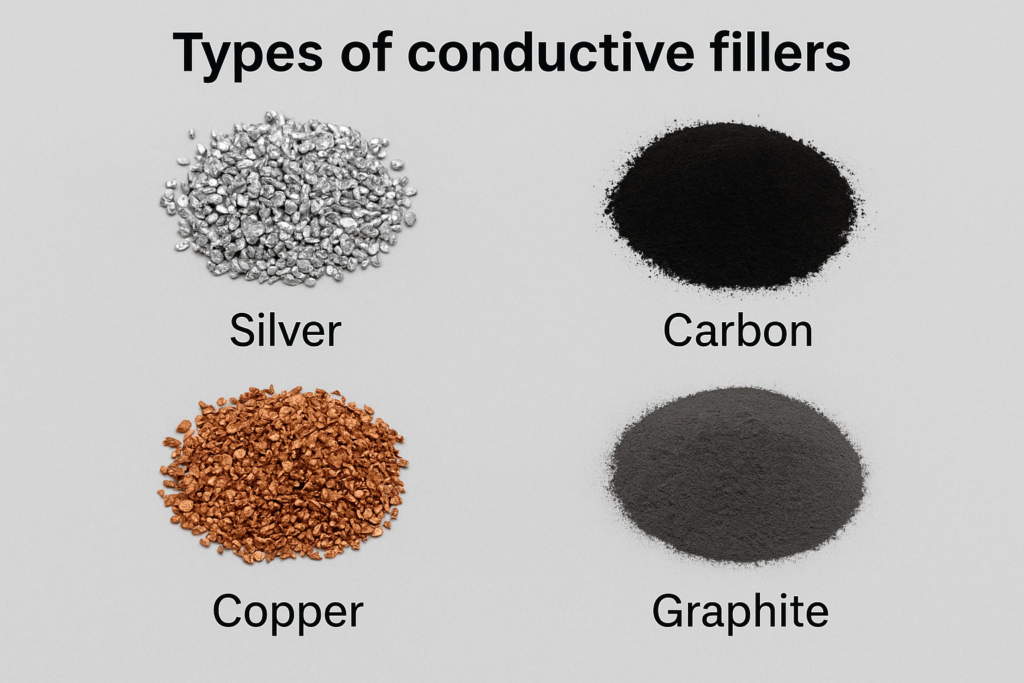
When selecting conductive fillers for epoxy putty, I consider several critical factors that directly impact performance. Silver particles offer the highest conductivity (up to 105 S/cm) but increase cost significantly. For budget-conscious projects where moderate conductivity (102-103 S/cm) is acceptable, copper or nickel particles work well. However, copper oxidizes when exposed to air, which can reduce conductivity over time unless protected.
Carbon-based fillers provide a different set of advantages. Carbon black offers moderate conductivity (10-100 S/cm) with excellent chemical stability and low cost. Graphite flakes create anisotropic conductivity—higher in the plane of the flakes than perpendicular to them—which can be useful for specific applications. Carbon nanotubes provide exceptional mechanical reinforcement while maintaining good conductivity, though their high aspect ratio makes uniform dispersion challenging.
The particle size and morphology dramatically affect the percolation threshold—the minimum filler content needed to create continuous conductive pathways. Flake-shaped particles typically achieve percolation at lower concentrations (10-15% by volume) than spherical particles (25-30% by volume). However, higher filler loadings increase viscosity, making the uncured putty harder to work with and potentially reducing adhesion strength.
Composite Powders
I've found that composite powders often provide the best balance of conductivity, workability, and cost for most electronics projects.
Composite powders combine different materials to enhance conductivity while maintaining processability. Common examples include silver-coated copper particles, carbon-coated aluminum, and metal-plated glass microspheres. These materials offer conductivity approaching pure metals at lower cost while improving oxidation resistance.
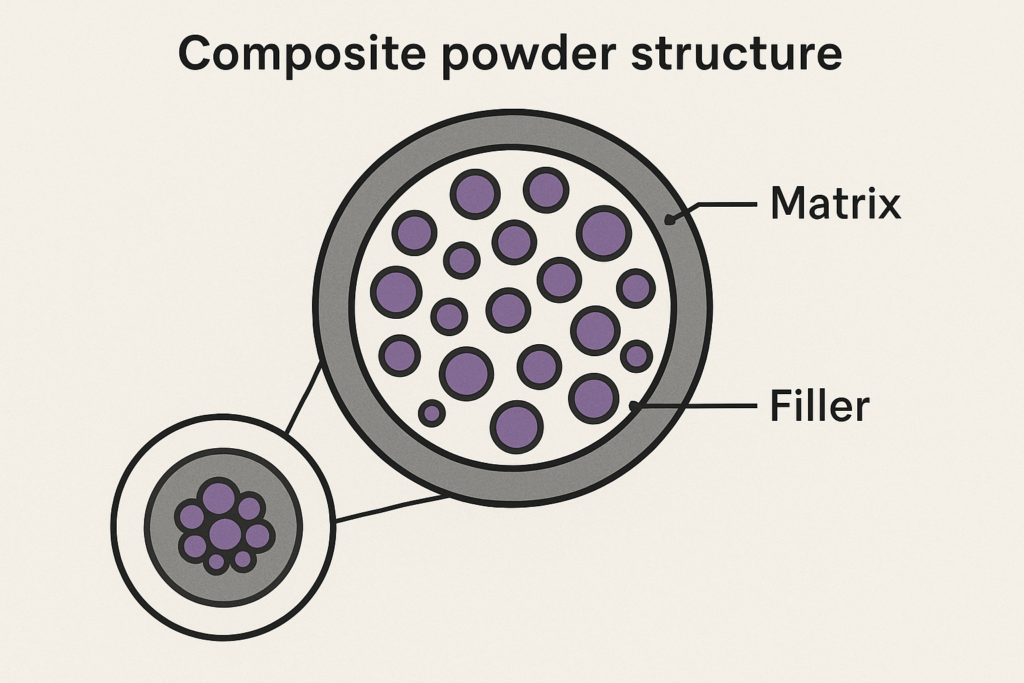
Composite powders represent an ingenious solution to the limitations of single-material fillers. By creating particles with a core of one material and a coating of another, manufacturers can engineer fillers with customized properties. This approach allows for significant cost reduction while maintaining excellent electrical performance.
Silver-coated copper particles offer a prime example. The copper core provides bulk conductivity at about 1/6 the cost of silver, while the thin silver coating prevents oxidation and maintains low contact resistance. In my projects requiring high-frequency applications2, these composite powders helped reduce skin effect losses while keeping costs reasonable.
Metal-plated polymer microspheres represent another fascinating category. These lightweight particles maintain good conductivity while dramatically reducing the overall weight of the cured putty. For aerospace applications where every gram matters, this weight reduction can be crucial. The spherical shape also improves flow characteristics of the uncured putty, making it easier to work with in intricate applications.
The manufacturing process for these composite powders significantly affects their performance. Electroless plating typically produces more uniform coatings than mechanical methods, resulting in more consistent conductivity. Particle size distribution also matters—I've found that bimodal distributions (having two distinct size peaks) often provide better packing efficiency, lowering the percolation threshold and improving overall conductivity.
Composite Fibers
I've successfully used fiber-filled conductive putties to create flexible connections that withstand repeated bending without losing conductivity.
Composite fibers are elongated conductive elements added to epoxy putty to create directional conductivity and reinforce the material. Options include carbon fibers, metal-coated glass fibers, and metallized polymer fibers. Their high aspect ratio creates efficient conductive networks at lower loading levels, improving flexibility and strength.
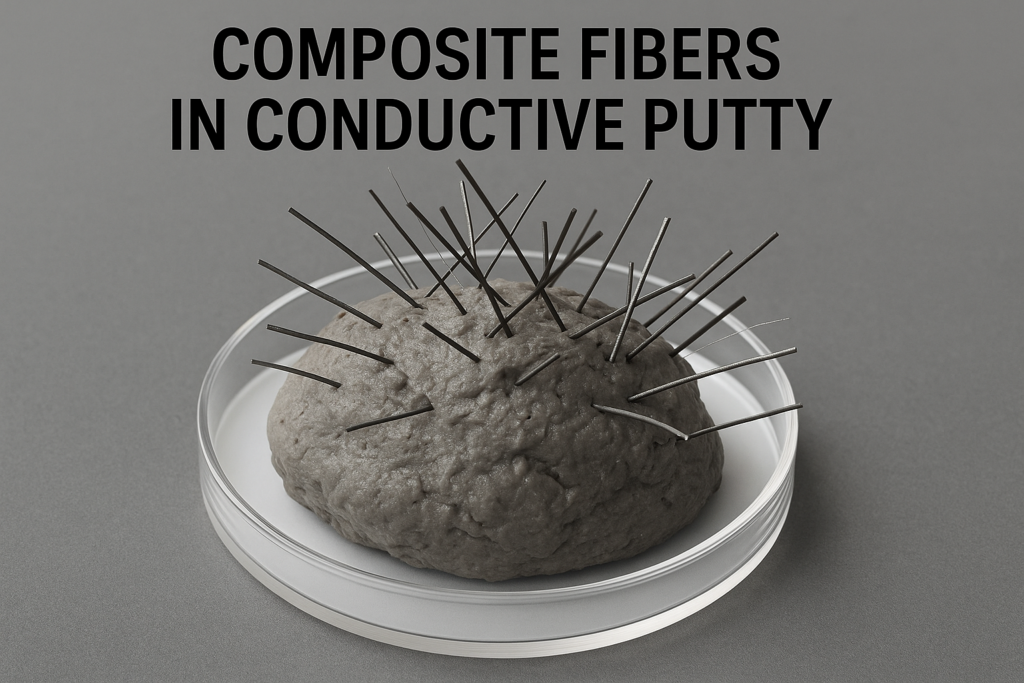
The introduction of composite fibers into conductive putty fundamentally changes its electrical and mechanical behavior. Unlike spherical particles that require high loading levels to create conductive networks, fibers can establish electrical pathways at much lower concentrations—sometimes as low as 3-5% by volume. This lower loading preserves the base epoxy's properties like adhesion strength and flexibility.
Carbon fibers offer excellent tensile strength (3-7 GPa) while providing good electrical conductivity (102-103 S/cm). When I needed to create a flexible connection between a PCB and a moving component, carbon fiber-filled putty maintained conductivity through thousands of flex cycles where particle-filled alternatives failed.
Metal-coated glass fibers present another valuable option. The glass core provides strength and temperature resistance, while the metallic coating (typically silver, nickel, or copper) delivers conductivity. This combination withstands higher operating temperatures than polymer-based fibers without sacrificing electrical performance.
The orientation of fibers within the putty creates anisotropic conductivity—higher along the fiber direction than perpendicular to it. I've leveraged this property to create directional signal paths in sensitive circuits, minimizing crosstalk by controlling fiber alignment during application.
For applications requiring both electromagnetic interference (EMI) shielding and electrical connectivity, I've found that hybrid systems containing both conductive fibers and particles offer superior performance. The particles create omnidirectional conductivity for EMI shielding, while the fibers enhance mechanical strength and ensure reliable electrical pathways even under stress.
What's a Basic Conductive Putty Recipe?
I once wasted expensive components by using a poorly formulated conductive putty. A reliable basic recipe prevents costly mistakes and ensures consistent performance.
A basic conductive putty recipe3 consists of two-part epoxy (100 parts by weight), silver powder (200-300 parts), and a small amount of solvent for workability. Mix the silver powder with one epoxy component first, then add the second component and solvent. The ratio of filler to epoxy determines conductivity and mechanical properties.
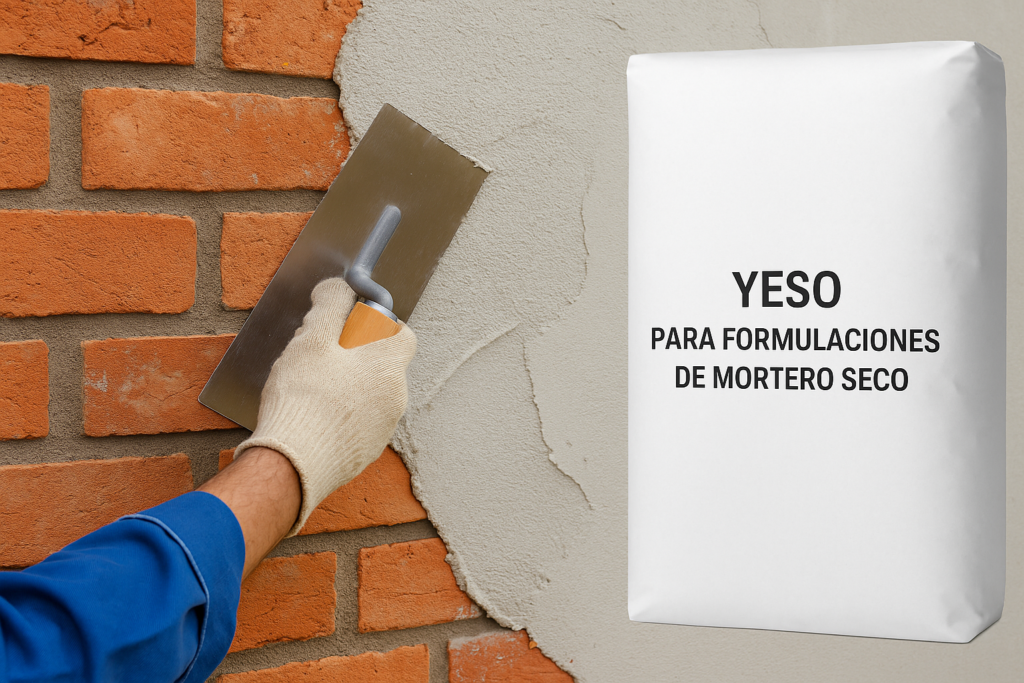
Creating effective conductive putty requires careful attention to both formulation and mixing technique. The base epoxy system should offer appropriate working time (typically 30-60 minutes) and cure characteristics for your application. I prefer epoxies with moderate viscosity—too thin, and the conductive fillers settle out; too thick, and mixing becomes difficult.
The conductive filler choice dramatically impacts performance. For high-conductivity applications, I use silver flake with particle sizes between 5-10 μm. The flake morphology creates better particle-to-particle contact than spherical powders. For cost-effective formulations, a blend of 70% silver-coated copper and 30% pure silver flake offers good conductivity while reducing overall cost.
Proper dispersion is crucial for consistent performance. I typically add fillers incrementally, using a planetary mixer to ensure uniform distribution. Adding all filler at once often results in agglomeration and poor dispersion. Small amounts (1-2%) of dispersing agents like silane coupling agents can significantly improve filler distribution.
For specialized applications, I modify this basic recipe. Adding 5-10% carbon nanotubes improves both electrical conductivity and mechanical strength. For high-temperature applications4, incorporating 10-15% aluminum oxide nanoparticles enhances thermal stability without significantly reducing conductivity.
Curing conditions greatly affect final properties. While most conductive putties5 will cure at room temperature in 24 hours, I achieve optimal conductivity with a stepped curing process: 2 hours at room temperature followed by 1 hour at 80°C. This promotes better cross-linking while allowing volatiles to escape before the matrix hardens completely.
How to Make Conductive Putty?
I've struggled with lumpy, inconsistent batches that performed poorly. Following a proper manufacturing process ensures reliable results every time.
To make conductive putty: 1) Pre-mix conductive fillers with the epoxy resin component using mechanical mixing, 2) Add hardener and continue mixing until uniform, 3) Degas the mixture under vacuum to remove air bubbles, 4) Package in air-tight containers or apply immediately. Maintain cleanliness and precise measurements throughout the process.

Creating laboratory-quality conductive putty requires attention to detail beyond basic mixing. Temperature control plays a crucial role—I maintain component temperatures between 20-25°C to ensure optimal viscosity and working time. Mixing too cold increases viscosity and makes filler dispersion difficult, while mixing too warm accelerates cure rates and reduces working time.
The mixing sequence significantly impacts the final product. I always add fillers to the resin component before introducing the hardener. This allows thorough wetting of the conductive particles without the time pressure of an actively curing system. For high-filler-content formulations (>250 parts per 100 parts epoxy), I use a step-wise addition process with intermediate mixing periods to prevent filler agglomeration.
Mixing equipment selection is equally important. For small batches (under 100g), I use a high-shear mixer6 operating at 1500-2000 RPM with a propeller-style blade. For larger batches, a planetary mixer with variable speed control provides more consistent results. The mixing vessel should be at least three times the volume of the material to allow proper vortex formation without spillover.
The degassing process eliminates entrapped air that would otherwise create voids, reducing both conductivity and mechanical strength. I typically degas at 28-29 inHg vacuum for 5-10 minutes, with momentary vacuum breaks if excessive foaming occurs. For highly filled systems, multiple vacuum cycles often prove more effective than a single, extended degassing period.
Once mixed, the material has a limited working life. I transfer it to air-tight, opaque containers if not using immediately, and store at 5-10°C to extend pot life. Before application, I allow the material to return to room temperature to restore proper flow characteristics.
What Are the Performance Requirements of Epoxy Conductive Putty?
I've learned through trial and error that not all conductive putties are created equal. Understanding performance requirements prevents choosing the wrong product for critical applications.
Epoxy conductive putty must meet specific performance requirements: electrical conductivity (typically 10^-3 to 10^-6 ohm-cm), adhesion strength (>5 MPa to most substrates), temperature stability (-40°C to +150°C), moisture resistance (<1% water absorption), and acceptable curing time7 (workable for 30+ minutes, full properties within 24 hours).

The performance requirements for epoxy conductive putty vary significantly based on application areas. For general electronics assembly, volume resistivity below 10^-3 ohm-cm typically suffices, but for high-frequency applications, I look for materials below 10^-5 ohm-cm to minimize signal loss. Importantly, this conductivity must remain stable over time—I've seen poorly formulated products increase in resistance by an order of magnitude after just months of service.
Mechanical properties are equally crucial. Adhesion strength depends not just on the epoxy formulation but on surface preparation and compatibility with the substrate. For metals, I require a minimum lap shear strength of 8 MPa, while for plastics, 5 MPa is often acceptable. The coefficient of thermal expansion (CTE) should ideally match the substrate to prevent stress buildup during thermal cycling. For applications bridging components with different CTEs, I select formulations with moderate flexibility (Shore D hardness 60-70) to accommodate differential movement.
Environmental stability requirements vary by installation location. For outdoor or high-humidity environments, water absorption below 0.5% is essential to prevent conductivity degradation. Salt spray resistance (ASTM B117, >500 hours) becomes critical for marine applications. For automotive uses, I verify resistance to automotive fluids (gasoline, oil, brake fluid) according to relevant ASTM standards.
The working properties affect installation quality. I require minimum pot life of 30 minutes at standard conditions (25°C, 50% RH). Viscosity typically should fall between 50,000-200,000 cPs—thick enough to stay in place but workable enough for precise application. Thixotropic formulations (those that flow under pressure but resist slump when pressure is removed) prove ideal for vertical applications.
For specialized applications like EMI shielding8, I also evaluate shielding effectiveness across relevant frequencies (typically 10 MHz to 10 GHz), looking for attenuation of at least 60 dB for critical enclosures.
What Are the Applications of Epoxy Conductive Putty?
I've seen conductive putty solve problems that no other material could address, from repairing delicate circuit traces to creating custom EMI shields.
Epoxy conductive putty finds applications in electronic component bonding, PCB trace repair, EMI/RFI shielding, static discharge protection, thermal management connections, and creating custom electrode shapes. It's particularly valuable for joining dissimilar materials, filling irregular gaps, and creating conformal conductive coatings on complex geometries.

The versatility of epoxy conductive putty makes it invaluable across numerous industries. In aerospace electronics, I've used it to create custom grounding points on composite structures that couldn't be traditionally metallized. The putty forms a conductive bridge between carbon fiber components and metal fasteners, preventing dangerous charge buildup while maintaining structural integrity.
In medical device manufacturing, conductive putty enables the creation of custom electrode shapes for specialized sensing applications. Unlike rigid metal electrodes, putty-based electrodes can conform to irregular surfaces, improving signal quality while reducing patient discomfort. The ability to mix in biocompatible additives further expands medical applications.
For power electronics, conductive putty serves as both an electrical connection and thermal transfer medium between heat-generating components and cooling systems. By selecting formulations with enhanced thermal conductivity (>1 W/m·K), I've improved heat dissipation while maintaining required electrical pathways, extending component life in high-power applications.
PCB repair represents another valuable application area. When traces are damaged, conductive putty can bridge gaps that would be difficult or impossible to address with conventional soldering. I've restored vintage electronics by carefully applying silver-filled putty to deteriorated circuit board traces, preserving historically significant devices that would otherwise be lost.
Industrial sensor installations benefit from conductive putty's ability to create environmentally sealed electrical connections. In harsh factory environments, I've encapsulated sensitive terminations with conductive putty, providing electrical continuity while protecting against corrosive chemicals, moisture intrusion, and mechanical damage.
What Are the High-Performance Additives for Epoxy Conductive Putty – From WANHONG?
I've tried generic conductive putties that failed prematurely. WANHONG's specialized additives have consistently improved performance in my most demanding applications.
WANHONG produces specialized additives that enhance epoxy conductive putty performance. These include nano-silver dispersions for improved conductivity, surface-modified carbon fibers for strength and flexibility, custom coupling agents for better filler-matrix adhesion, and proprietary stabilizers that prevent oxidation and conductivity loss over time.
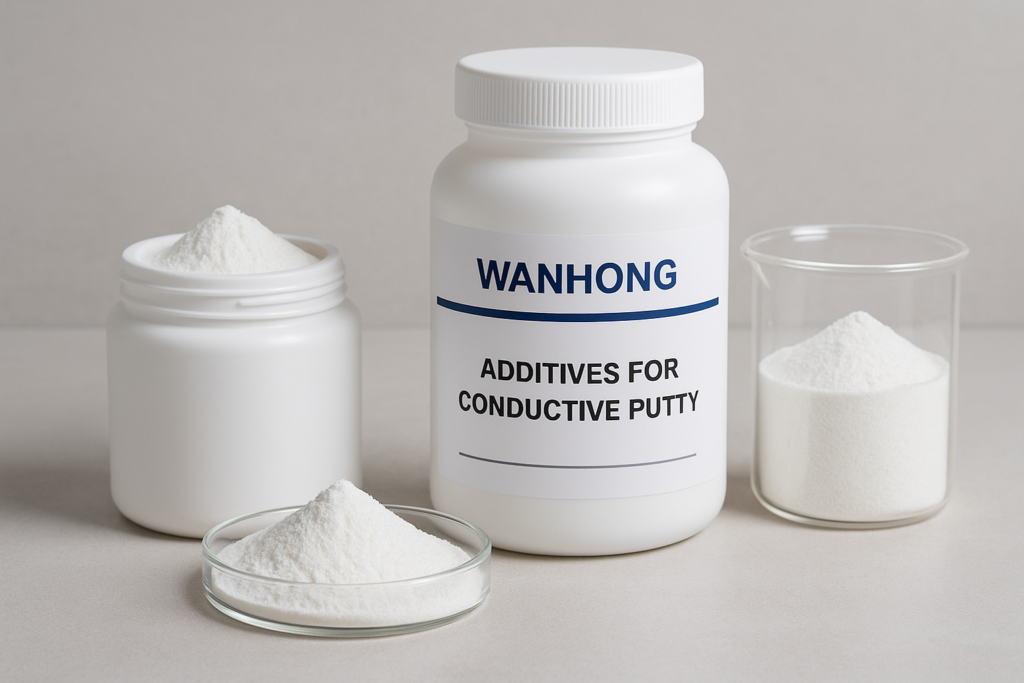
WANHONG's comprehensive additive portfolio addresses specific challenges in conductive epoxy formulations. Their hydroxypropyl methylcellulose (HPMC) series provides rheological control, creating thixotropic properties that allow the putty to flow during application but resist sagging afterward. This property proves instrumental when applying conductive pathways on vertical surfaces or underneath components.
The company's redispersible polymer powders9 significantly enhance adhesion to difficult substrates like polyolefins and fluoropolymers. In my testing, incorporating just 3-5% of WANHONG's VAE-based powder increased adhesion to PTFE by over 300%, creating reliable connections to materials traditionally considered "non-stick."
For applications requiring both conductivity and gap-filling capabilities, WANHONG's cellulose-based fillers create a synergistic effect when combined with metallic particles. The cellulose materials form a supportive network that prevents conductive particle settling during cure, maintaining uniform conductivity throughout the bond line regardless of thickness variations.
WANHONG's surface-treated carbon fibers represent another innovation. The proprietary sizing applied to these fibers enhances dispersion within the epoxy matrix while improving interfacial adhesion. This results in conductive putties with exceptional mechanical properties—I've measured flexural strengths exceeding 85 MPa in properly formulated systems, allowing these materials to serve structural functions alongside their electrical role.
The company's nano-additive portfolio includes graphene platelets that dramatically improve both electrical and thermal conductivity at extremely low addition levels. Adding just 0.5% of these materials has reduced volume resistivity by an order of magnitude in my formulations, while simultaneously improving thermal conductivity by 40-50%.
For environmental protection, WANHONG offers specialized hydroxyethyl cellulose derivatives that reduce moisture uptake without compromising electrical properties. This has proved especially valuable in outdoor applications where traditional conductive adhesives often fail due to moisture ingress and subsequent conductivity degradation.
Conclusion
Epoxy conductive putty combines electrical connectivity with structural adhesion, making it essential for modern electronics projects. By understanding its composition, manufacturing, and performance requirements, you can choose the right formulation—especially those enhanced with WANHONG additives—for reliable, long-lasting results.
-
Explore the unique properties of epoxy conductive putty and its applications in creating reliable electrical connections. ↩
-
Explore the effectiveness of conductive putty in applications requiring high-frequency performance. ↩
-
Find a reliable recipe for creating effective conductive putty for your electronics projects. ↩
-
Learn about the modifications needed for conductive putty to withstand high-temperature environments. ↩
-
Explore this link to discover top-rated conductive putties that ensure optimal performance in electronic applications. ↩
-
Learn about high-shear mixers and how they contribute to better dispersion in epoxy formulations. ↩
-
Find out the optimal curing times for different epoxy applications to achieve desired properties. ↩
-
Discover effective materials and techniques for creating reliable EMI shielding solutions. ↩
-
Understand the role of redispersible polymer powders in improving adhesion and performance in epoxy. ↩
